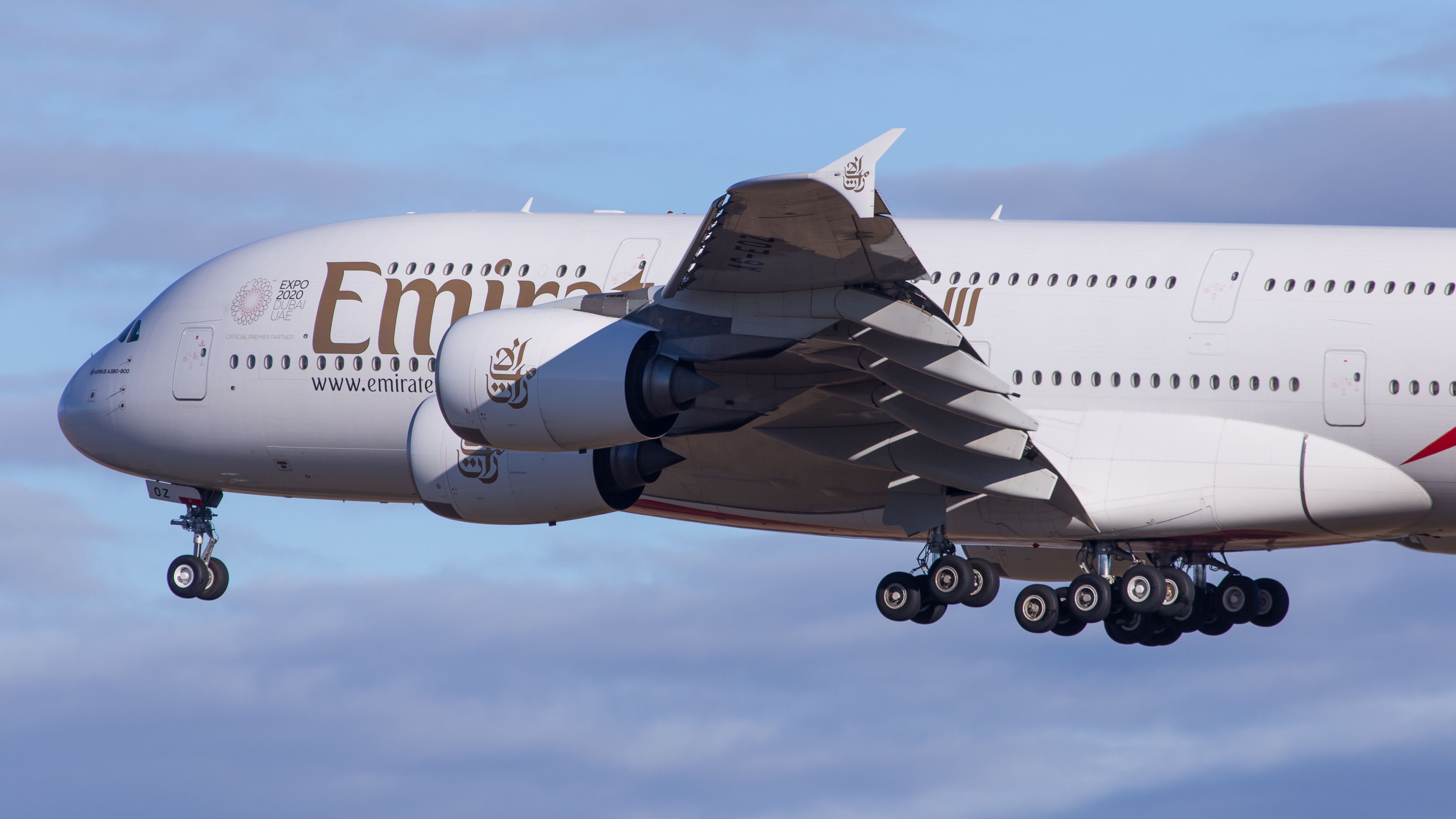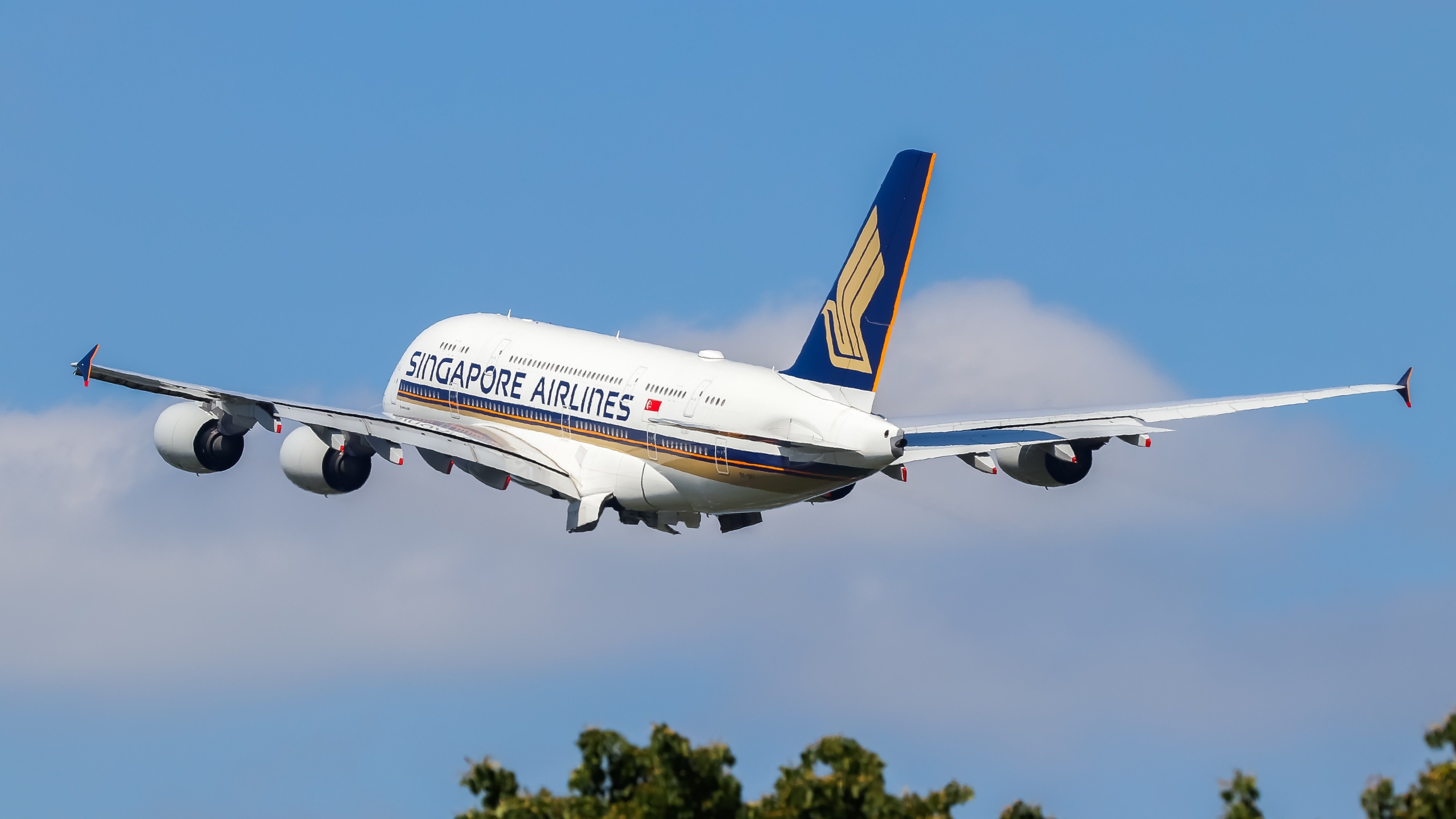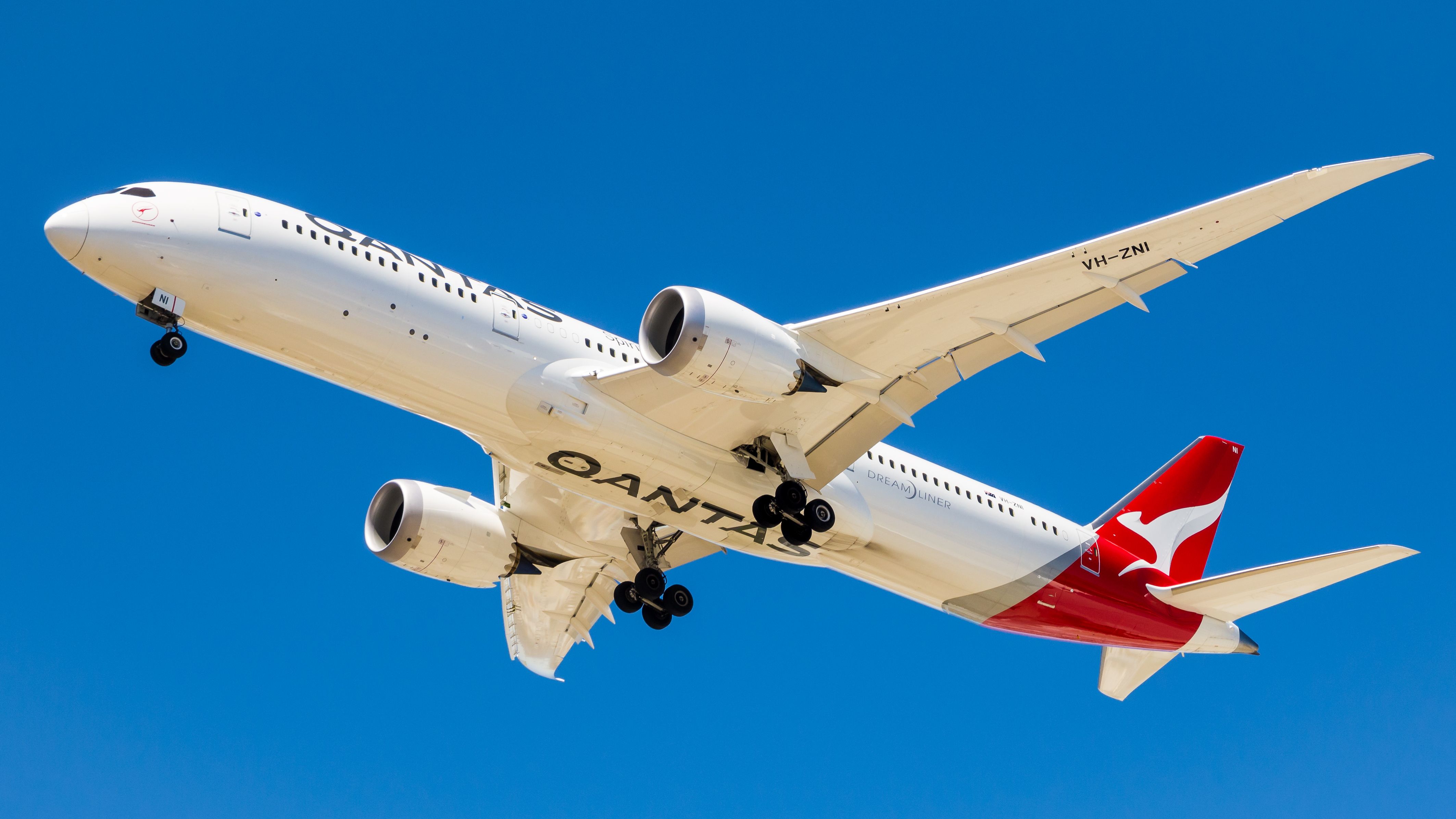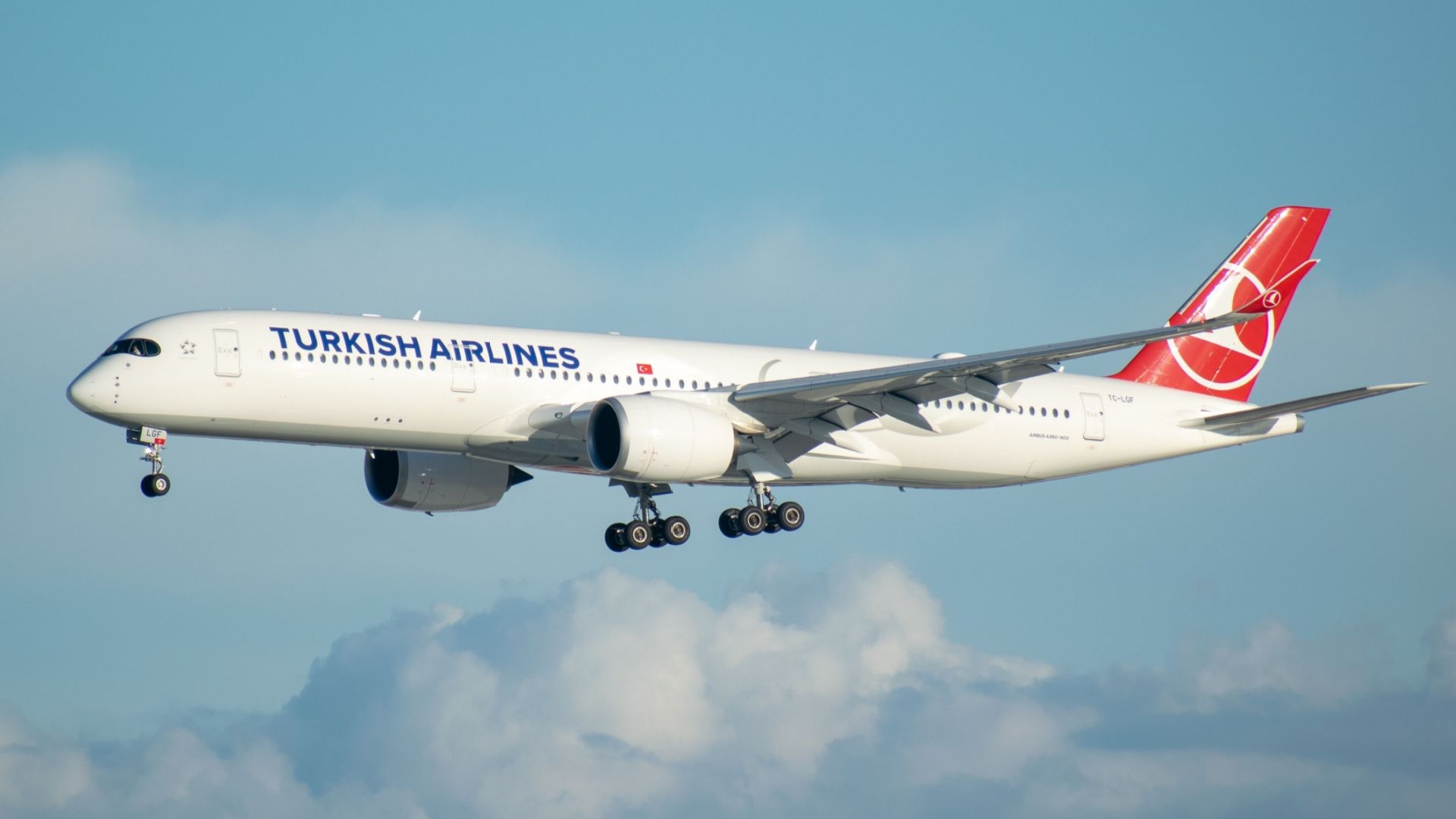Summary
- Fifth Freedom flights allow foreign carriers to operate routes between two countries where neither is their home base.
- These flights offer perks such as increased award seat availability and the use of larger, more comfortable aircraft.
- With advancements in aircraft technology and the rise of ultra-long-haul flights, their necessity may decrease.
Flying between Brazil and Buenos Aires Ezeiza International Airport (EZE), you can find the usual suspects, Aerolíneas Argentinas, Flybondi, GOL Linhas Aéreas, JetSMART, and LATAM Airlines. But you can also find Air Canada, British Airways, Emirates, Ethiopian Airlines, SWISS, and Turkish Airlines. All these foreign carriers operating international flights between Brazil and Argentina are taking advantage of something called fifth freedom.
What is a fifth freedom flight?
Fifth freedom flights foster competition and can provide travelers with economic leeway and increased award availability. Once entirely necessary for industry classics such as the Kangaroo Route, they are still often a financially attractive option for airlines. But what exactly are they?
In the simplest of explanations, a fifth freedom flight is a flight that carries passengers between two countries where neither is the home base of the airline that is operating it. However, this is allowed only as a leg of a flight that originates or ends at the airline's base. Overall, there are nine freedoms of the air, although only the first five are widely used. The International Civil Aviation Organization (ICAO) defines the fifth freedom of the air as,
"The right or privilege, in respect of scheduled international air services, granted by one State to another State to put down and to take on, in the territory of the first State, traffic coming from or destined to a third State."
For instance, Qantas currently flies daily from Sydney to London Heathrow, employing fifth freedom rights in Singapore Changi International Airport. The Singapore-London leg of this flight is under fifth freedom because Qantas is able to sell tickets to passengers just traveling the Singapore-London portion. If that wasn't the case, it would be a simple refuel stopover. Emirates is widely known for operating many fifth freedom routes globally. According to a Simple Flying report, Emirates currently operates 12 fifth freedom routes, including Barcelona-Mexico City, Conakry-Dakar, and Milan-New York.
In the past, fifth freedom flights were vital, as aircraft had significantly more limited range than they do today. In today's modern world, fifth freedom flights allow countries to receive more foreign passenger airlines to improve revenue and connectivity.
Traveler perks
Travelers almost always stand to benefit from these flights. First of all, they are often cheap, as airlines are keen to sell tickets to fill the second leg. Secondly, they typically have excellent frequent flyer award seat availability.
Thirdly, they almost always offer the comfort and service of a widebody long-haul plane on routes that would typically have been served by smaller aircraft. For instance, LATAM Airlines flies between Auckland and Sydney onboard its Boeing 787 fleet, while Air New Zealand operates this route onboard a mix of Airbus A320neos to Boeing 787s. The same happens in the Brazil-Buenos Aires segment, where Aerolíneas Argentinas and GOL employ their Boeing 737 fleets, while LATAM and JetSMART utilize their Airbus A320 fleets. Then, you can find Turkish and Ethiopian using their Airbus A350-900 fleet and Emirates and British Airways using their Boeing 777 fleets.
Financially attractive for airlines
In addition to stimulating competition by challenging local airlines, they often make financial sense for carriers. For example, Emirates flies from Dubai to Buenos Aires, Argentina, via São Paulo, Brazil. Rather than send two independent planes that may be difficult to fill across the Atlantic, it combines the two destinations.
Other routes would not exist if they didn't have fifth freedom routes. Emirates' Dubai-Barcelona-Mexico City route includes the fifth freedom stop in Barcelona because of operational restrictions due to Mexico City's height. None of Emirates' fleet would be able to fly directly between Dubai and Mexico City. However, Emirates launching this fifth freedom flight was met with skepticism and anger at the time. Turkish Airlines launched a route connecting Mexico City and Istanbul, but the company included a stopover in Cancun instead of Barcelona.
Once upon a time, entirely essential
Fifth freedom flights were created at the Chicago Convention on International Civil Aviation in December 1944. Of course, at that time, they were essential for airlines to be able to fly from one end of the globe to the other. For instance, Qantas' original Kangaroo Route from Sydney to London in 1947 stopped in Singapore, India, Pakistan, Egypt, and Libya before arriving in the UK. Today, it is down to one single stop in Singapore, but it still relies on its fifth freedom status.
Fifth freedom rights are not automatic. They must be agreed upon between the three governments involved, often requiring lengthy negotiations. They are also not to be confused with second freedom rights. These allow carriers to stop in a third country solely for refueling or other maintenance but without disembarking passengers or cargo.
In danger of extinction?
As smaller jets become more and more efficient, and the daunting concept of the ultra-long haul is on the horizon, fifth freedom flights may outlive some of their necessity. Even the famous Kangaroo Route could become obsolete in the not-too-distant future when Qantas finally inaugurates its Project Sunrise flights. Singapore Airlines is already operating the world's longest flight between Singapore and Newark on an Airbus A350.
Do you usually fly fifth freedom routes? Which one is your favorite? Let us know in the comments.




